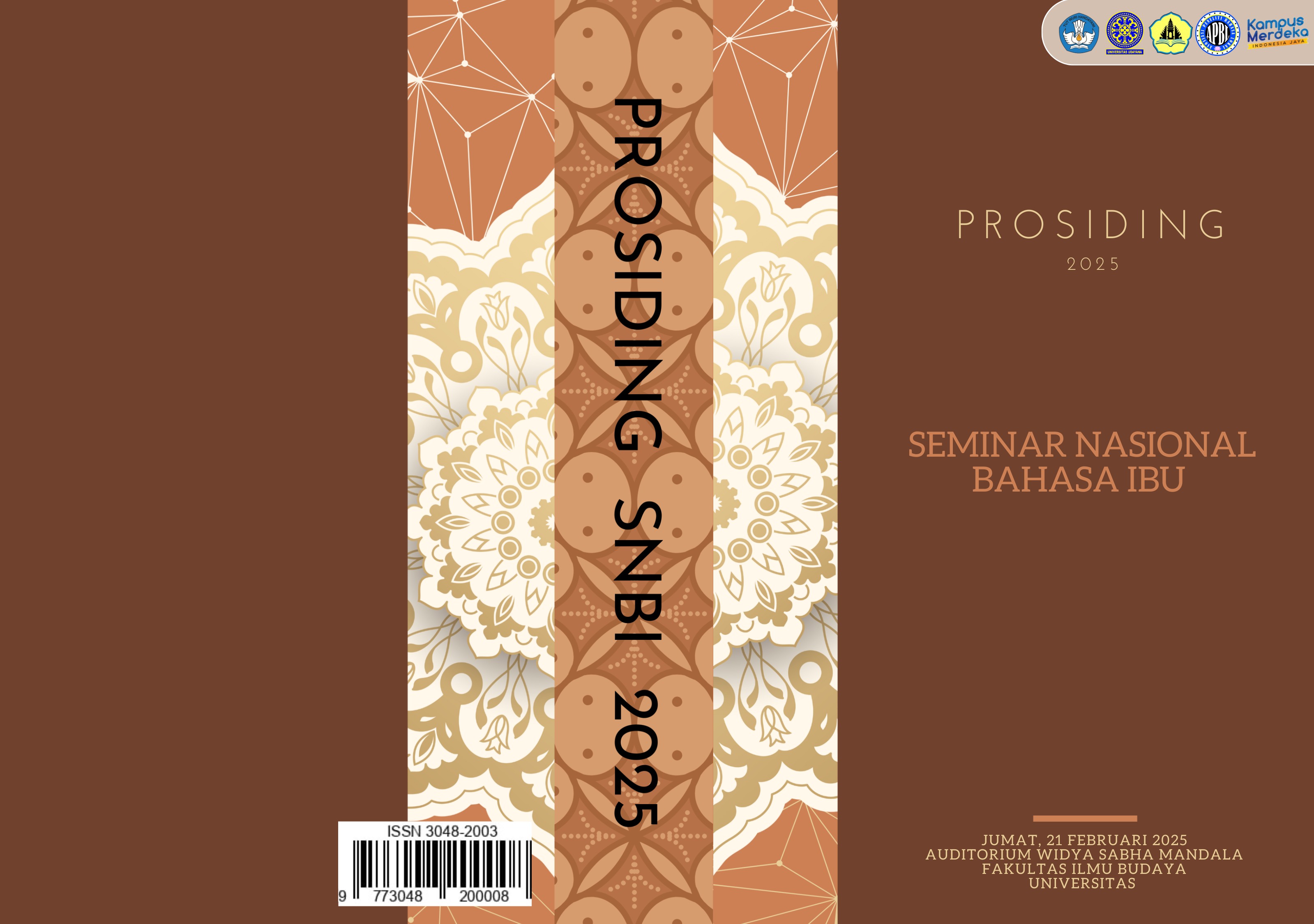MENEROPONG HUMOR DENGAN DEIKSIS: KAJIAN PRAGMATIK PADA KATA PENGANTAR BUKU MATI KETAWA CARA RUSIA OLEH ABDURRAHMAN WAHID
Abstract
This study aims to analyze the use of deixis in the book Mati Ketawa Cara Rusia by Z. Dolgopolova, specifically in the foreword written by Abdurrahman Wahid (Gus Dur). The study focuses on a pragmatic approach to uncover how deixis is utilized as a tool to establish context, create discourse cohesion, and convey humor as social criticism. The analysis was conducted by identifying five types of deixis: personal deixis, temporal deixis, spatial deixis, discourse deixis, and social deixis. The research employed a descriptive qualitative method, focusing on the identification and interpretation of deixis forms within the text. The findings revealed a total of 78 instances of deixis in the foreword. Personal deixis was the most dominant type, with 25 occurrences, followed by 23 discourse deixis, 10 temporal deixis, 8 spatial deixis, and 12 social deixis. These results demonstrate that the use of deixis in the foreword not only builds discourse cohesion but also strengthens the meaning of humor as a sharp tool for critiquing social and political phenomena.

 Dikelola oleh Program Magister dan Doktor Ilmu Linguistik Fakultas Ilmu Budaya Universitas Udayana
Dikelola oleh Program Magister dan Doktor Ilmu Linguistik Fakultas Ilmu Budaya Universitas Udayana
